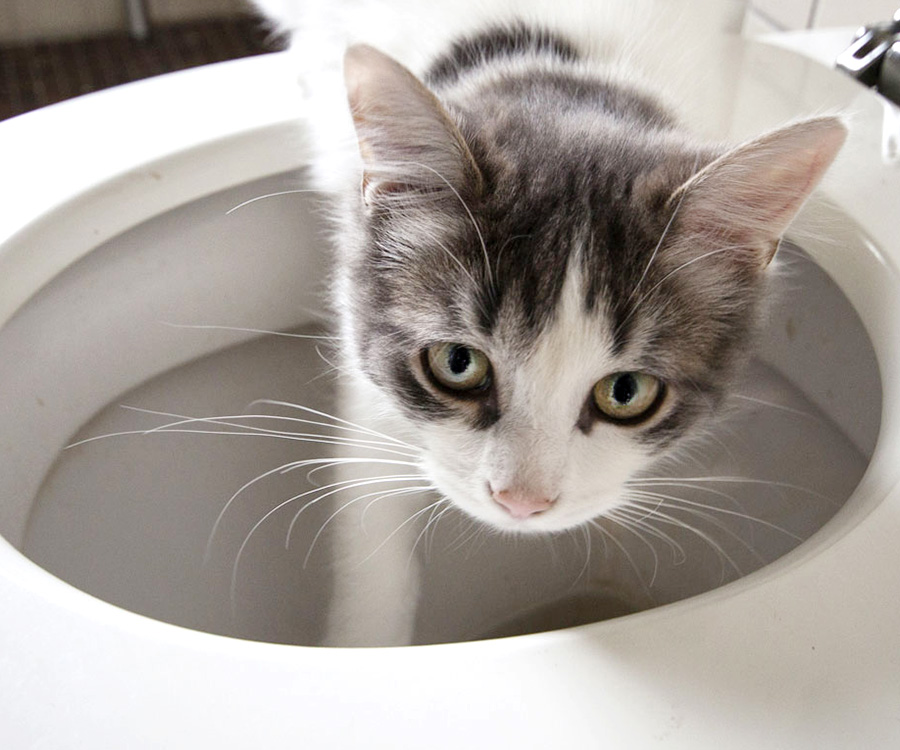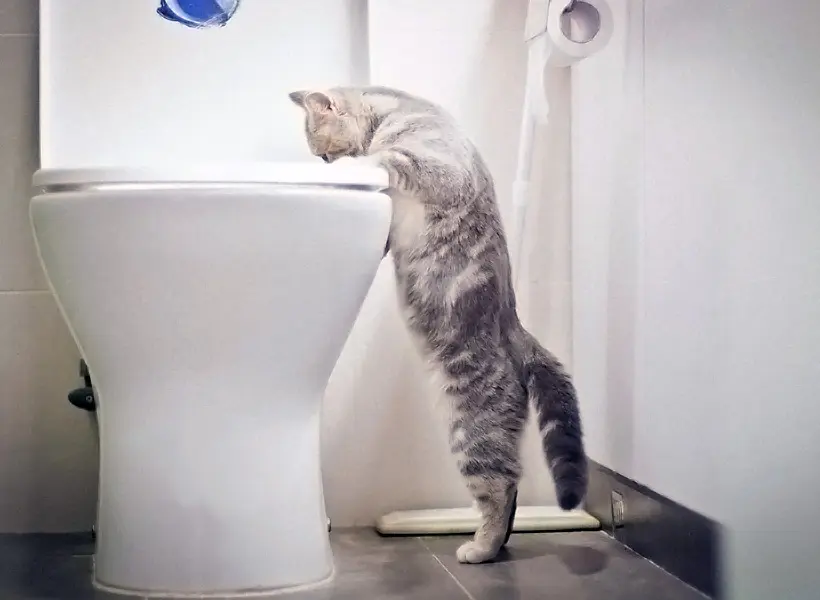How do you really feel in regards to 4 Reasons Why Dog Poop Cleanup is Important?

When it concerns throwing away waste, specifically animal waste, many individuals commonly consider the practical alternative of flushing it down the toilet. Nonetheless, this seemingly easy option can have significant consequences for the environment and public health. In this article, we'll check out why flushing pet waste down the bathroom is a bad concept and offer alternate methods for proper disposal.
Introduction
Proper waste disposal is important for preserving environmental sustainability and public health. While it may seem harmless to purge animal waste down the commode, it can cause different issues, both for the environment and human health.
Dangers of flushing animal waste
Ecological effect
Purging animal waste presents dangerous germs and pathogens right into waterways, which can adversely impact marine environments. These microorganisms can contaminate water resources and injury marine life, interfering with delicate ecological communities.
Public health issues
Pet waste contains dangerous bacteria such as E. coli and Salmonella, which can posture major health and wellness threats to humans. Flushing animal waste down the toilet can contaminate water supplies, leading to the spread of diseases and infections.
Alternatives to flushing
Rather than flushing animal waste down the commode, there are numerous alternate disposal techniques that are more eco-friendly and sanitary.
Composting
Composting animal waste is an environment-friendly way to dispose of it. By composting, raw material is broken down right into nutrient-rich soil, which can be used to feed gardens and plants.
Land fill disposal
Taking care of animal waste in a land fill is an additional choice. While not as environmentally friendly as composting, it is a much safer option to flushing, as it protects against the contamination of water resources.
Animal garbage disposal systems
There are specialized family pet garbage disposal systems available that securely and hygienically deal with pet waste. These systems frequently use enzymes to break down waste and remove odors.
Steps to correct animal garbage disposal
To ensure appropriate disposal of pet waste, follow these read more steps:
Scooping and getting waste
Routinely scoop and bag animal waste utilizing eco-friendly bags. This prevents waste from contaminating the environment.
Utilizing assigned waste bins
Dispose of bagged animal waste in designated waste bins, such as compost bins or land fill containers. Stay clear of flushing it down the bathroom in any way expenses.
Cleansing litter boxes and animal areas regularly
Regularly tidy litter boxes and pet locations to avoid the buildup of waste and microorganisms. Usage pet-safe cleansing items to maintain hygiene.
Advantages of appropriate disposal methods
Embracing proper disposal approaches for animal waste supplies several advantages:
Minimized environmental pollution
Proper disposal techniques lower the danger of environmental pollution, shielding waterways and ecological communities from contamination
Minimized danger of water contamination.
By staying clear of flushing animal waste down the bathroom, the danger of water contamination is significantly decreased, safeguarding public health.
Enhanced cleanliness and health
Correct disposal approaches advertise better sanitation and hygiene, creating a much safer atmosphere for both people and pets.
Verdict
To conclude, purging pet waste down the bathroom is dangerous to the atmosphere and public health. By embracing different disposal approaches and adhering to correct waste management techniques, we can lessen the adverse effect of animal waste and add to a cleaner, healthier earth.
What To Do With Dog Poo – The Do's And Don'ts Of Disposing Of Faeces
Dog poo bins
Some councils provide dedicated dog waste bins in popular dog-walking areas that can take dog poo that has been bagged but you can legally dispose of dog waste in any public litter bin, as long as it is securely bagged. This also applies to your wheelie bin at home.
Do not flush
Water companies do not recommend flushing dog faeces down the toilet because certain parasites can survive the water processing treatment and are potentially harmful to humans. You should also never consider flushing dog poo that has been bagged down the toilet as the bags will not break down and instead create severe blockages in the sewage system.
In the woods
The Forestry Commission promotes a ‘stick and flick’ method for dealing with waste in the woods. This means finding a stick and using it to flick any poo from off the path so that it is out of the way of other walkers. You could also bury it as long as it is not in an area where there might be livestock.
Livestock
Parasites found in dog poo can be transmitted to livestock if they inadvertently eat infected faeces that has been left on grazing land. This could result in the death of sheep or abortion in cattle so you should always make sure you pick up your dog’s waste in fields where livestock could be present.

Regularly tidy litter boxes and pet locations to avoid the buildup of waste and microorganisms. Usage pet-safe cleansing items to maintain hygiene.
Advantages of appropriate disposal methods
Embracing proper disposal approaches for animal waste supplies several advantages:
Minimized environmental pollution
Proper disposal techniques lower the danger of environmental pollution, shielding waterways and ecological communities from contamination
Minimized danger of water contamination.
By staying clear of flushing animal waste down the bathroom, the danger of water contamination is significantly decreased, safeguarding public health.
Enhanced cleanliness and health
Correct disposal approaches advertise better sanitation and hygiene, creating a much safer atmosphere for both people and pets.
Verdict
To conclude, purging pet waste down the bathroom is dangerous to the atmosphere and public health. By embracing different disposal approaches and adhering to correct waste management techniques, we can lessen the adverse effect of animal waste and add to a cleaner, healthier earth.
What To Do With Dog Poo – The Do's And Don'ts Of Disposing Of Faeces
Dog poo bins
Some councils provide dedicated dog waste bins in popular dog-walking areas that can take dog poo that has been bagged but you can legally dispose of dog waste in any public litter bin, as long as it is securely bagged. This also applies to your wheelie bin at home.
Do not flush
Water companies do not recommend flushing dog faeces down the toilet because certain parasites can survive the water processing treatment and are potentially harmful to humans. You should also never consider flushing dog poo that has been bagged down the toilet as the bags will not break down and instead create severe blockages in the sewage system.
In the woods
The Forestry Commission promotes a ‘stick and flick’ method for dealing with waste in the woods. This means finding a stick and using it to flick any poo from off the path so that it is out of the way of other walkers. You could also bury it as long as it is not in an area where there might be livestock.
Livestock
Parasites found in dog poo can be transmitted to livestock if they inadvertently eat infected faeces that has been left on grazing land. This could result in the death of sheep or abortion in cattle so you should always make sure you pick up your dog’s waste in fields where livestock could be present.

Hopefully you enjoyed reading our section on Can You Flush Dog and Cat Poo Down the Toilet?. Thanks for taking a few minutes to read through our blog. I beg you take the opportunity to share this blog entry if you enjoyed reading it. We recognize the value of reading our article about 4 Reasons Why Dog Poop Cleanup is Important.
Book My Estimate